Off‑roading in Virginia—whether on ATVs, dirt bikes, jeeps, UTVs, or trail rigs—reflects a deep love of the Commonwealth’s rugged landscapes. Over the decades, however, a growing tension between recreation and resource protection has led to permanent and temporary trail closures. These closures are not arbitrary: they respond to ecological damage, safety risks, evolving land‑use policies, and shifting public attitudes toward responsible recreation. In this context, groups like Virginia Off‑Road play a critical role as educators, advocates, and stewards of public trails.
1. Notable Off‑Road Trail Closures in the Last 45 Years
1.1 Spearhead Trails Network (Southwest Virginia)
The Spearhead Trails—a state‑run ATV/ORV network in Dickenson, Wise, and Buchanan counties—have seen multiple closures, especially in the past decade, due to impacts on sensitive wetlands and stream ecosystems.
In 2019, trail segments allowing vehicles in streams such as Meade Creek and Barts Lick Creek were shut down. These routes had facilitated direct in‑stream driving, resulting in sedimentation, loss of aquatic habitat, and violations of environmental regulations. Closures followed mounting public concern and guidance from the Virginia DEQ to protect water quality and wildlife habitat.
More recently in 2023, DEQ inspectors confirmed degradation of wetlands near St. Paul, Virginia (Nancy Ridge / Honey Branch), prompting closure of trail sections in the Mountain View system. Although signage and maps still showed them as open for over a year, they were removed from public trail maps and converted to foot‑travel only areas.
These closures reflect a growing enforcement focus on safeguarding forested wetlands and streambanks from ATV damage.
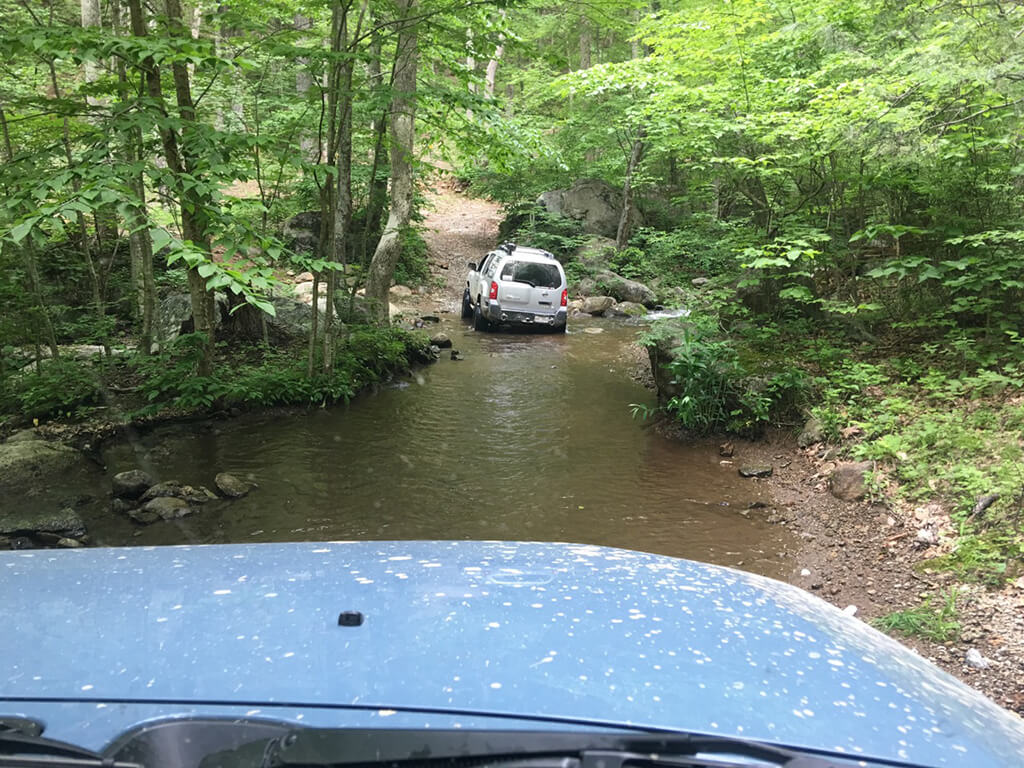
1.2 Shoe Creek / Big Levels Trail Area
The Shoe Creek off‑road trail, near Crabtree Falls in central Virginia, was once a mecca for 4×4 and off‑road enthusiasts. However, reports from around 2016 and earlier reveal that portions of the trail—especially known features like “the Bullpen” or “Playground”—were deliberately gated off and officially closed. Approximately one‑third of the route is now closed, with gates at trailheads marking inaccessible segments. While some open portions remain scenic, the closure of the feature sections changed the trail structure significantly.
Shoe Creek is part of a larger Big Levels system tied to Crabtree Falls and Sherando Lake. As usage intensified and environmental harm (erosion, soil disturbance) mounted, managers trimmed access to reduce damage.
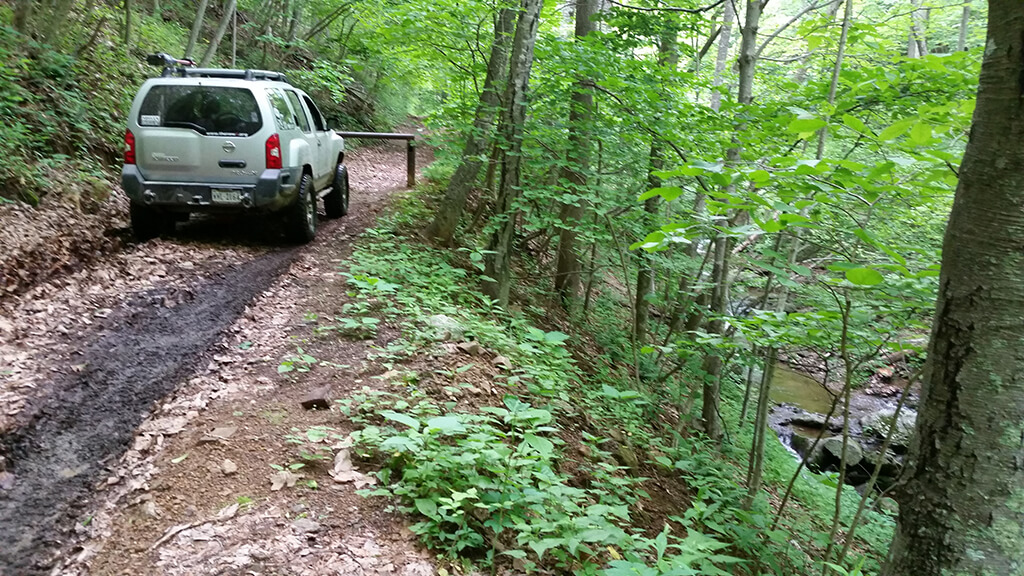
1.3 Humpback Rocks / Blue Ridge Parkway — Dobie Mountain Trail
On the Blue Ridge Parkway, north of Roanoke, the Dobie Mountain Trail near Humpback Rocks (milepost 6) was permanently closed as of August 1, 2025. This closure is part of the National Park Service’s management of backcountry trails, often driven by safety or ecological degradation . While Dobie Mountain is primarily a hiking trail, it is sometimes used by off‑road enthusiasts on dual‑sport motorcycles or mountain bikes for access, and its permanent loss reflects a broader trend of limiting motorized access in sensitive corridors.
1.4 Virginia Creeper Trail – Indirect Effects on Off‑Roaders
Although the Virginia Creeper Trail (Abingdon → Whitetop) is a rail‑trail designed for bikes, horses, and hikers, it underscores how natural disasters and infrastructure damage can permanently remove recreational routes. In September 2024, Hurricane Helene destroyed eighteen trestles and washed away seventeen miles of trail. While federal funding ($660M) was allocated for repairs, sections remain impassable as of early 2025.
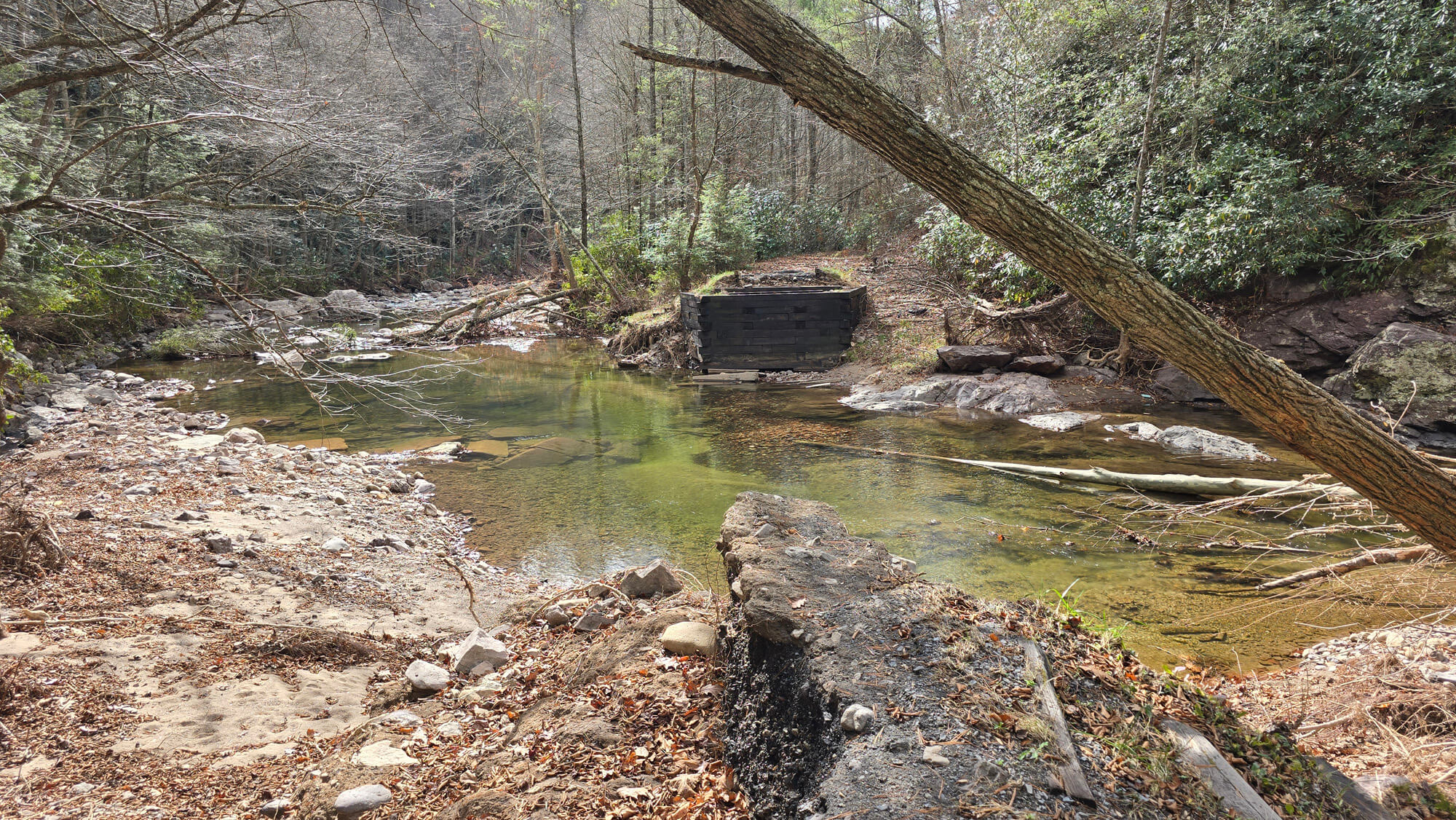
This illustrates how extreme events may put pressure on recreational infrastructure—and how, absent coordinated recovery funding and stewardship, well‑used routes can remain closed for the long term. Off‑road trail stewardship groups need to build awareness and support for recovery—even if they don’t directly use those routes.
1.5 Temporary COVID‑19 Closures of OHV Trails (2020)
In spring 2020, as part of public health responses to COVID‑19, the George Washington & Jefferson National Forests temporarily closed all off‑highway vehicle trails in the Lee Ranger District, along with various trailhead facilities and campgrounds. Although intended as short‑term, some closures lasted weeks to months and drew attention to the dual vulnerability of remote recreation to policy shifts.

2. Why These Closures Happened: Patterns and Causes
Environmental Damage: Sedimentation, Wetlands, and Streambank Erosion
Many closed trails suffered direct ecological harm:
- Vehicle use in streams and wetlands strips riparian cover, destabilizes banks, and circulates sediment into downstream habitats. This was central to Spearhead Trails closures in Meade Creek and Nancy Ridge
- Deep tire‑ruts, erosion, and soil compaction on trails like Shoe Creek and areas of Big Levels accelerated resource damage and made maintenance unsustainable
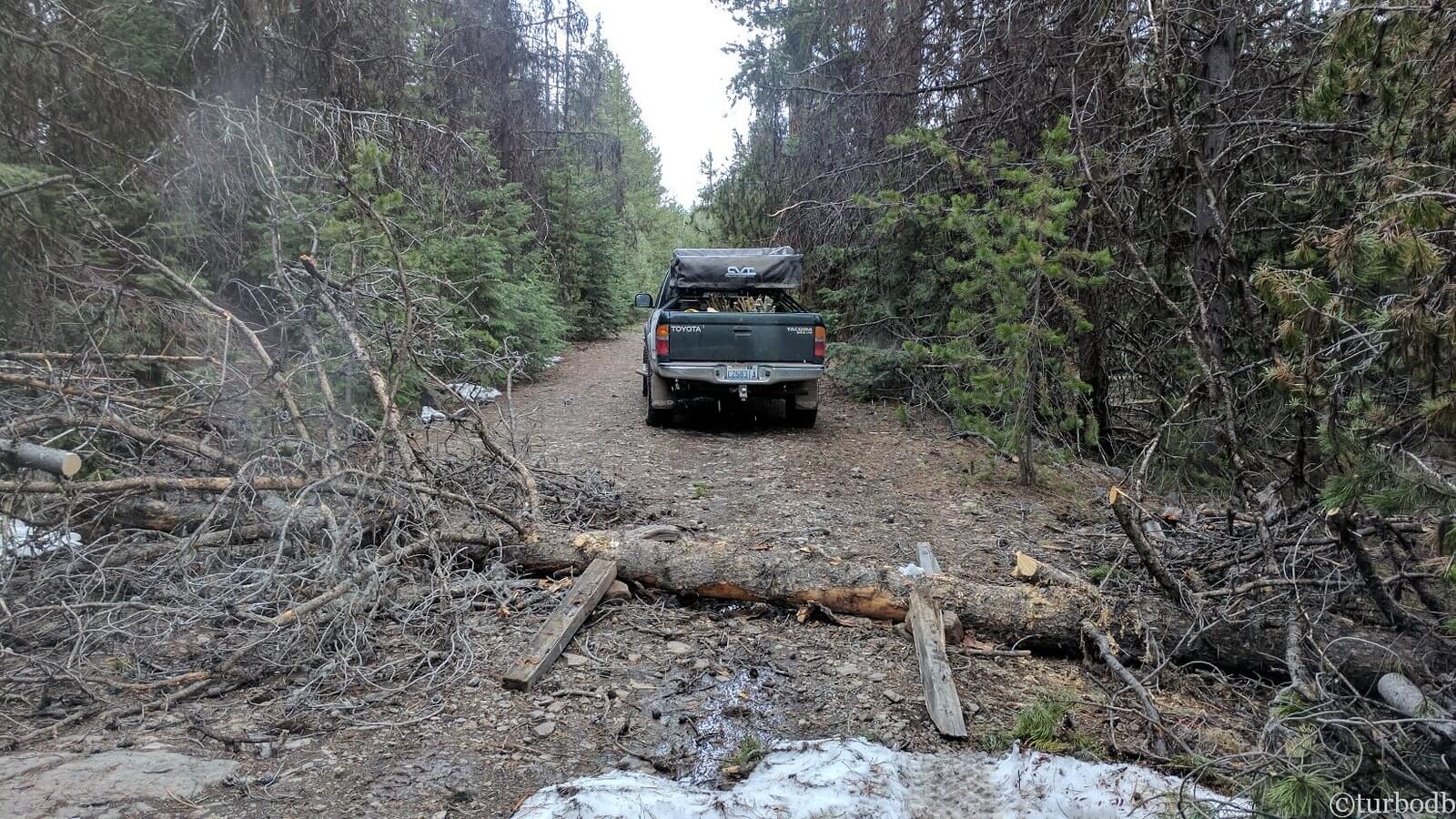
Safety Concerns and Changing Trail Use
Over time, trail managers have reclassified portions of the system due to:
- Liability concerns on routes with unsafe obstacles or poorly maintained features.
- Increased multi-use conflict, especially in areas mixing hikers, horses, bikers, and off-road vehicles.
Infrastructure Damage and Natural Disasters
Major events like Hurricane Helene caused catastrophic damage to infrastructure, as seen on the Virginia Creeper. Natural disasters reveal vulnerabilities in recreation networks and foreshadow future closures if resilience isn’t built in.
Regulatory and Policy Shifts
- Federal and state agencies (e.g. USDA Forest Service, Virginia DEQ) increasingly enforce environmental compliance and restrict motorized access in sensitive areas.
- Some wilderness or conservation designations (e.g. Wilson Mountain, Beartown Wilderness) prohibit motors outright, limiting trail creation and access.
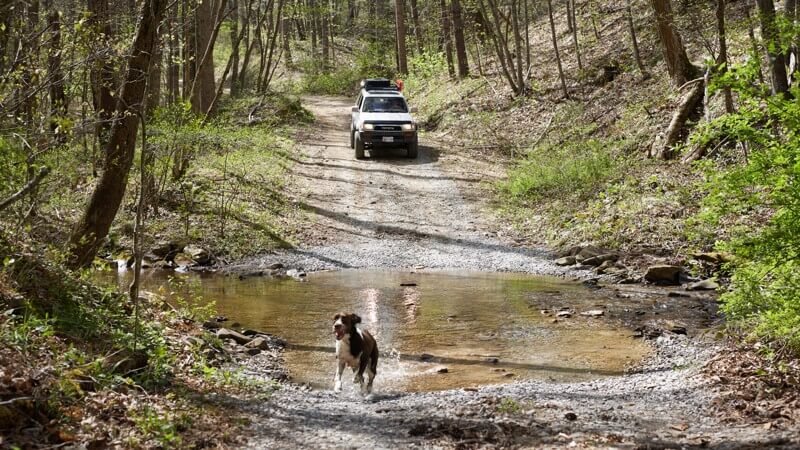
3. Trends Over 45 Years: A Timeline Perspective
While publicly documented off‑road closures date primarily to the last 15–20 years, we can trace patterns back to the 1980s and 1990s:
- 1980s–1990s: Expansion of informal off‑road use, particularly logging roads and old wagon routes in National Forests. Some areas (e.g. Beartown, Wilson Mountain, Long Spur) became designated as protected wilderness—eliminating motor access.
- 2000s: Growth of state‑sponsored ATV systems like Spearhead. Conflicts emerged over environmental impacts, especially in remote southwestern counties.
- 2010s: Closures in streambed trails (Meade Creek, Barts Lick). Shoe Creek reductions. Blue Ridge Parkway Trails closed due to weather and policy.
- 2020s: Increasing closures due to climate‐driven damage (Hurricane Helene), pandemic safety policies (Forest Service in 2020), and conservation enforcement (DEQ and state regulators closing wetland‑impacting routes).
4. Why Virginia Off‑Road Must Be a Voice for Education & Stewardship
4.1 Proactive Oversight Prevents Closures, Preserves Access
Off‑road closures often occur after public outcry or regulatory intervention. By educating the community—through signage, training, and outreach—Virginia Off-Road can encourage:
- Stream‑crossing best practices (e.g. fording at durable gravel banks, not driving through the wetland channel).
- Trail etiquette, including avoiding unauthorized side trails, respecting seasonal closures, and minimizing widening or shortcutting.
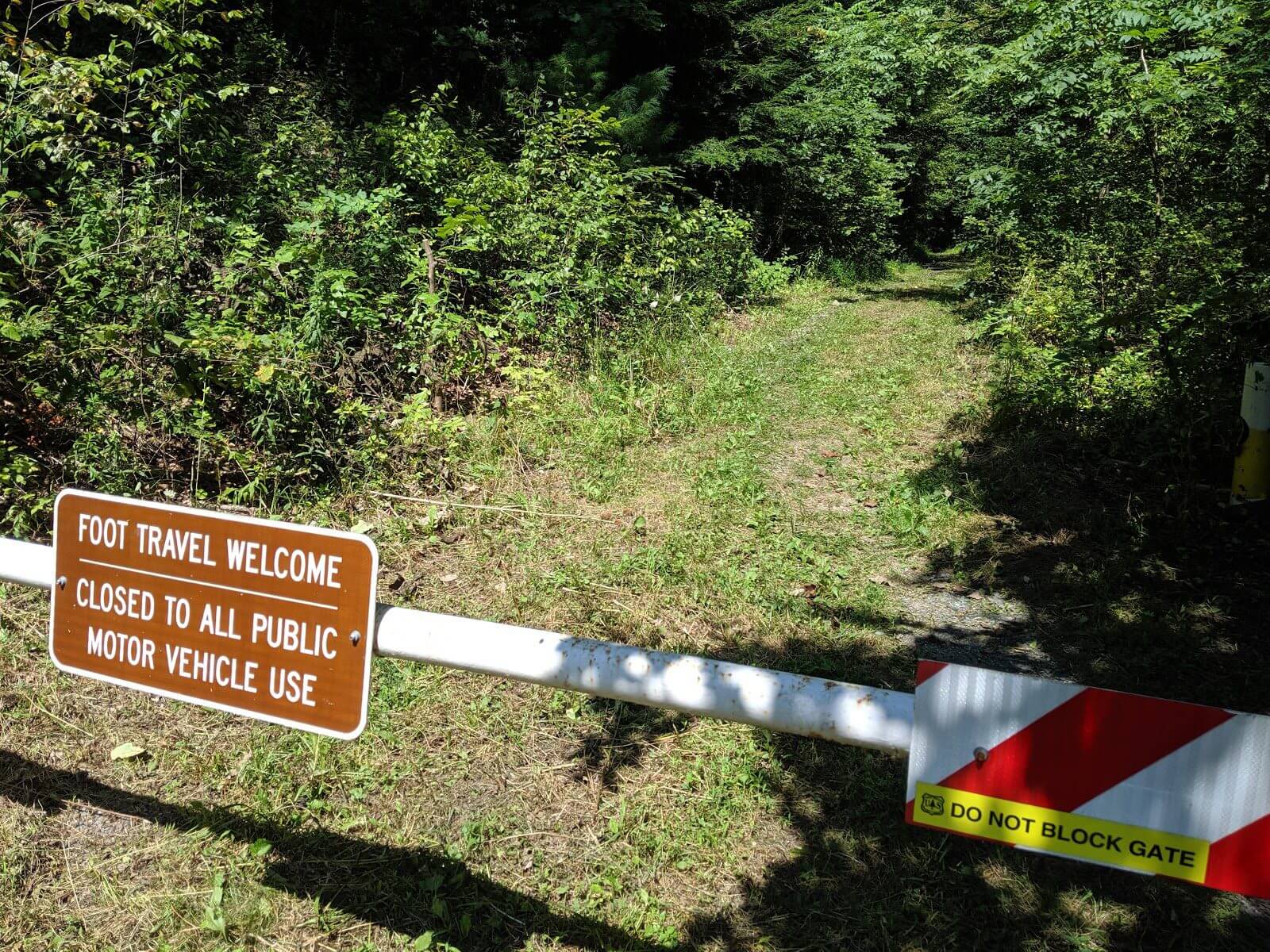
Such training helps maintain resource integrity and prevents the negative feedback loops that lead to permanent closures.
4.2 Building Relationships with Land Managers
Stewardship fosters collaboration:
- Demonstrating volunteer maintenance, trail-building best practices, and aligned recreation‑resource goals builds trust with the US Forest Service, DEQ, and local agencies.
- Groups that proactively report erosion, drainage issues, or damage help the Forest Service prioritize mitigation rather than shut down trails after problems escalate.
4.3 Advocacy for Sustainable Trail Development
When new off‑road systems are proposed (e.g. expansions of Spearhead, OHV areas in national forest lands), VOR can help ensure:
- Environmental impact assessments address wildlife, wetlands, soil erosion.
- Routes are sited away from fragile ecosystems, with proper drainage, closures, and trail infrastructure.
- Permits and monitoring frameworks prevent violations like in‑stream vehicle use.
4.4 Education Prevents Ecological Damage
Many closures stem from ignorance, not intent:
- Riders unaware of laws prohibiting motorized use in certain state forests (e.g. Channels State Forest prohibits ATV use entirely) may inadvertently break rules .
- Encouraging Leave‑No‑Trace ethics, proper waste management, and minimizing resource disturbance helps maintain social license.
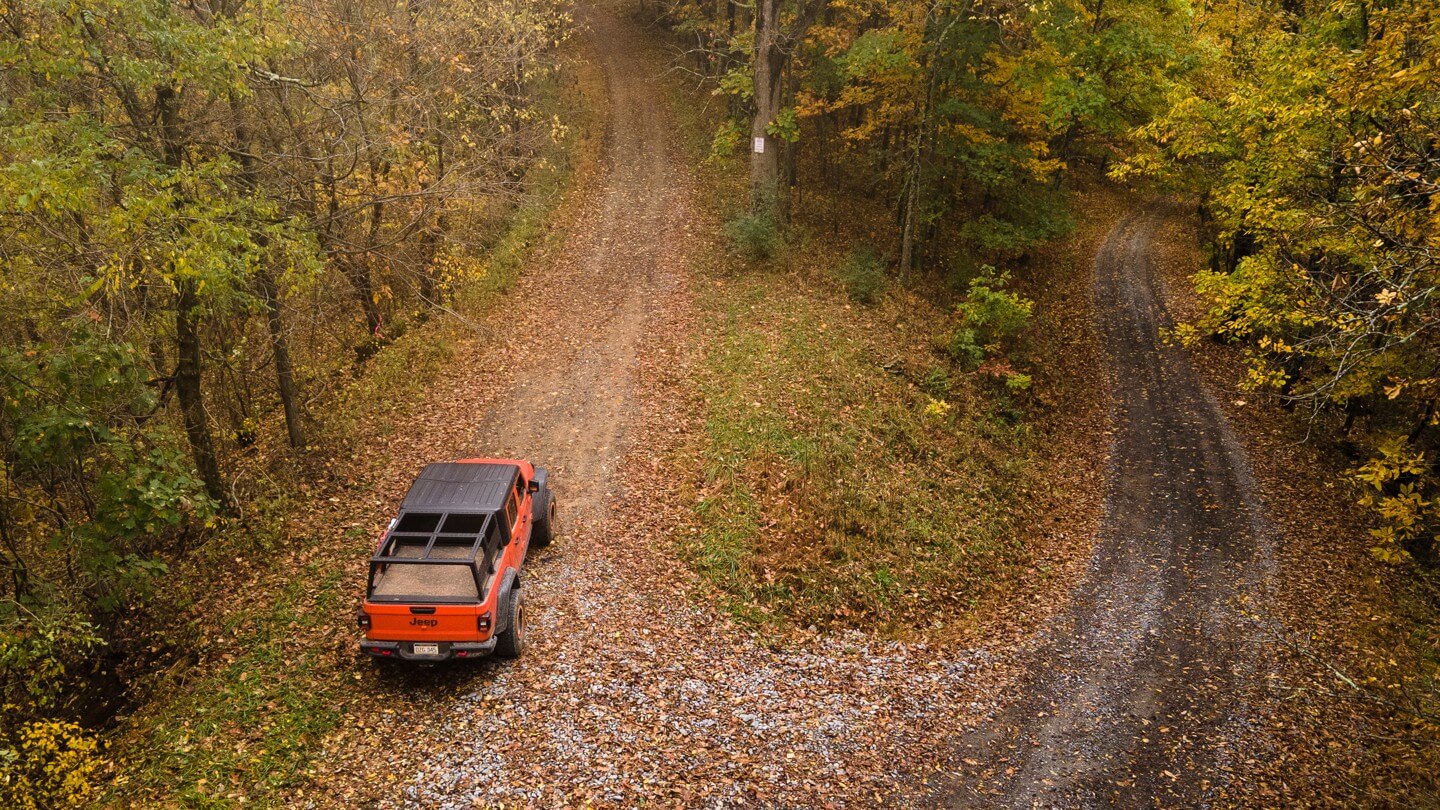
4.5 Public Outreach and Community Building
If the broader public hears only about damage, closures, or conflict, off‑roading can become portrayed as reckless. Groups like VOR can share compelling stories:
- Successful restoration projects (e.g. volunteers rebuilding tread or waterbars).
- Balanced multi‑use access, showing cooperation with hikers, equestrians, and conservation advocates.
5. Case Studies & Lessons Learned
5.1 Spearhead Trails – Stream Closures as a Wake-Up Call
What happened: In‑stream ATV trails were abruptly closed, even though they were part of an official trail system. Residents and environmental groups had to file concerns, and the state agency only removed signage after enforcement.
Lesson: Even state-sanctioned trail networks can be shut down quickly if ecological violations emerge. Proactive monitoring and rider education could have avoided the backlash.
Virginia Off-Road role: Provide stream‑crossing training and spot patrols; support signage revisions; work with Forest Service/Agency to identify sensitive zones.
5.2 Shoe Creek / Big Levels – Permanent Loss of Flagship Features
What happened: The iconic southern section of Shoe Creek (including “the Playground”) has been closed for years, altering the trail experience and reducing entire route value. Part of Big Levels saw closures due to erosion and overuse.
Lesson: A few highly iconic trails can vanish if environmental damage becomes too severe. Riders lose access not because of lack of use, but because unsustainable use broke infrastructure.
Virginia Off-Road role: Steward remaining open portions, advocate for restoration; conduct trail assessments; educate on minimizing impact during wet seasons.
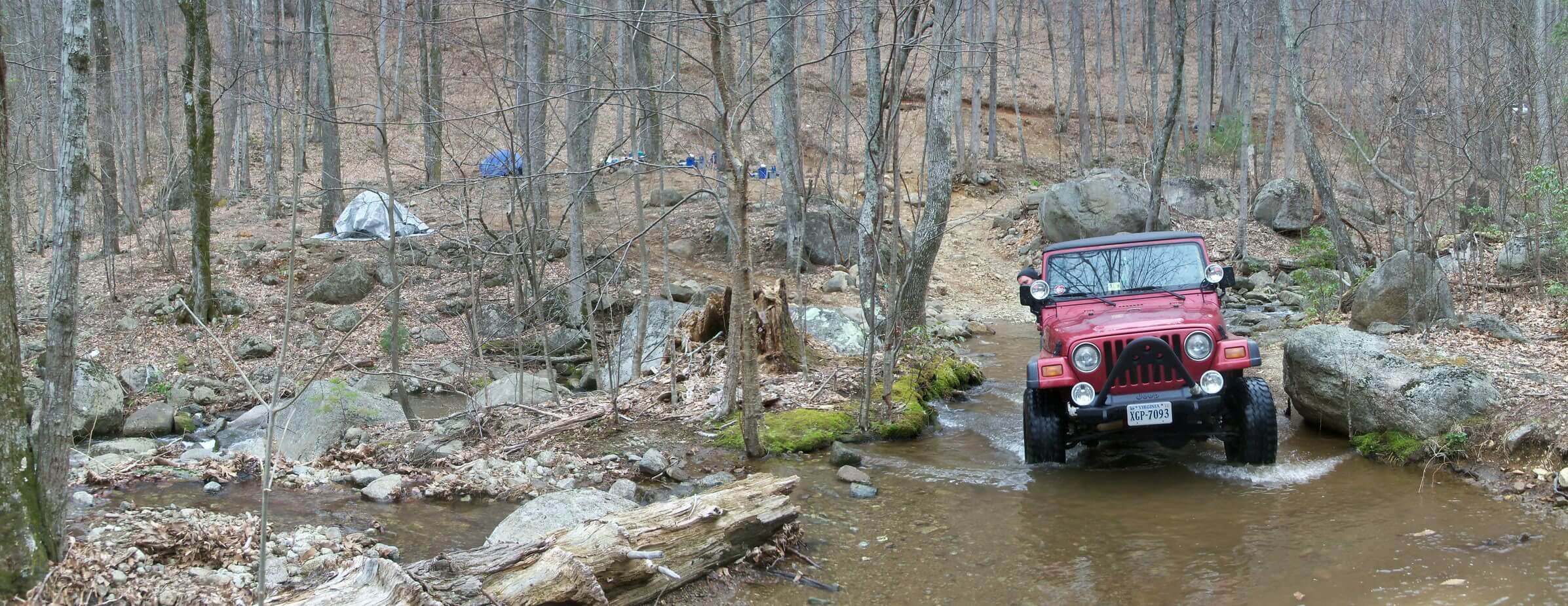
5.3 Blue Ridge Parkway / Dobie Mountain Trail – Permanent Conservation Decisions
What happened: Trails like Dobie Mountain were permanently closed—not because of ATV use—but for safety or ecosystem protection. Though not primarily off‑road trails, they reflect broader reduction trends near motorized areas.
Lesson: Even non‑motorized trails that offer access can be eliminated, reducing cross‑use exploration opportunities. This highlights the need for holistic trail stewardship.
VAOR role: Collaborate with park managers to maintain multi‑use access where possible. Support safe, sustainable trail design even where motorized use is restricted.
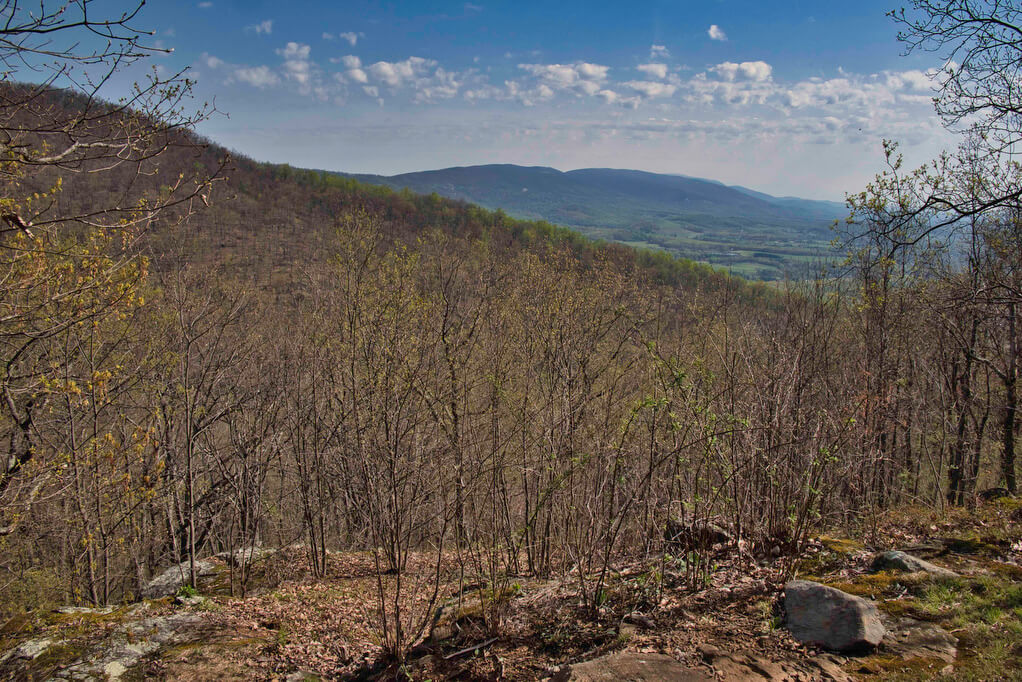
6. Key Themes for Stewardship and Education
A. Protect Streams & Wetlands by Avoiding In‑Channel Travel
Closed routes in Spearhead were driven by direct environmental degradation. Encouraging alternative routes and formal crossing installations prevents similar closures.
B. Respect Seasonal Closures and Forest Service Restrictions
Temporary forest closures (like during COVID‑19) remind us that simple policy changes can limit access. Encouraging organizations to keep tabs on Forest Service alerts and share timely updates helps the community adapt.
C. Dial Back Use in Sensitive or Overused Trails
Trails near Crabtree Falls or Mount Rogers may become overused. Stewardship programs like trail rotation or rest periods help preserve integrity.
D. Promote Volunteerism and Trail Maintenance
Building and maintaining sustainable tread, proper drainage, and erosion controls helps authorities recognize off‑roading as a constructive participant rather than a threat.
E. Advocate for Funding and Restoration
Damage from hurricanes or infrastructure failure (e.g. Virginia Creeper) underscores the need for funding. VOR can join coalitions advocating for restoration & recovery—even of multi-use or rail‑trails that support local outdoor recreation economies.
7. The Broader Importance of Advocacy
Preserving Access
Unauthorized or destructive usage leads not just to localized closure, but to broader access restrictions. Once a trail is closed, reopening is rare—especially if jurisdiction shifts to conservation bodies.
Shaping Public Perception
When off‑roaders demonstrate care, community involvement, and environmental consciousness, they help ensure that land managers and nearby communities see off‑roading as part of a sustainable recreation mix.
Ensuring Long‑Term Trail Viability
Education and stewardship lay the foundation for future trail expansion, adaptive reuse of old routes, and balanced multi‑use systems. Without these efforts, off‑road recreation becomes more restricted over time.
8. Recommendations for Virginia Off‑Road Stakeholders
Organizational Actions
- Trail education initiatives: workshops on stream crossing, Leave‑No‑Trace, environmental regulations.
- Trail monitoring teams: riders trained to watch for erosion, wetland damage, or unsafe use, and report to authorities.
- Partnership-building: formal MOUs with Forest Service, DEQ, state parks, supporting joint restoration or clean‑up days.
Community Engagement
- Youth outreach: teach responsible off‑roading to the next generation.
- Public education: share positive stories of stewardship in local media or social platforms.
- Collaboration with other users: host multi‑use days with hikers, equestrians, bikers to build trust.
Policy & Advocacy
- Support for restoration funding: push for state/federal dollars to rebuild trails damaged by natural disasters.
- Active input on trail proposals: ensure environmental reviews include best management practices.
- Monitoring agency enforcement: help identify violations proactively to avoid broad shutdowns.
Conclusion
Over the last 45 years, Virginia has seen off‑road trail closures driven by environmental damage, policy shifts, infrastructure threats, and misuse. Iconic routes like those on Spearhead, Shoe Creek, and Blue Ridge Parkway have been lost or altered. More generally, trails across the Commonwealth have become more restricted as awareness of ecological impact has grown.
This makes it all the more critical for Virginia Off‑Road communities to serve as voices for education and stewardship. By proactively teaching riders how to recreate without degrading the landscape, building trust with land managers, and advocating for sustainable access, off‑roaders can help ensure that trails remain open—and responsibly managed—for generations to come.
By celebrating and sharing these lessons, Virginia Off-Road can shape a future in which off‑road recreation is part of a balanced, responsible, and environmentally conscious blueprint for Virginia’s wild places.



No responses yet